It was built for people of all ages with physical and mental disabilities. Located in the in the hamlet of Thiells, Rockland County, New York, this place is was named Letchworth Village in honor of William Pryor Letchworth, a vocal supporter of rights of people with disabilities.
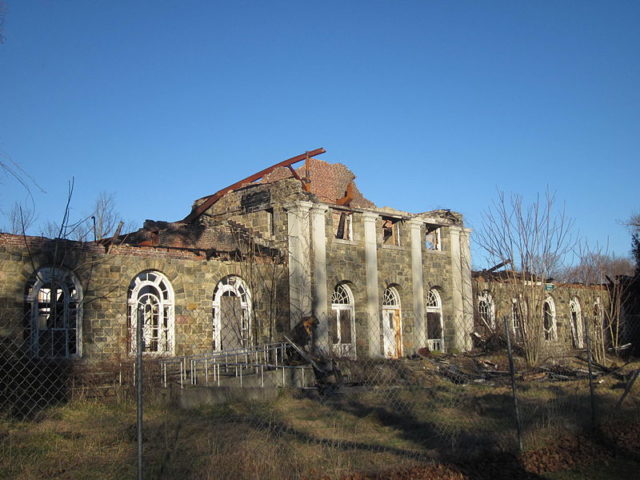
It was built in a neoclassical style and included buildings such as small dormitories, a hospital, housing for staff, and some dining halls. It was purposefully built this way so that its patients and residents could enjoy the space of its facilities and grounds that provided far more freedom than traditional asylums.

The patients even made toys to sell during Christmas, grew their own crops, and tended cows, pigs, and chickens.
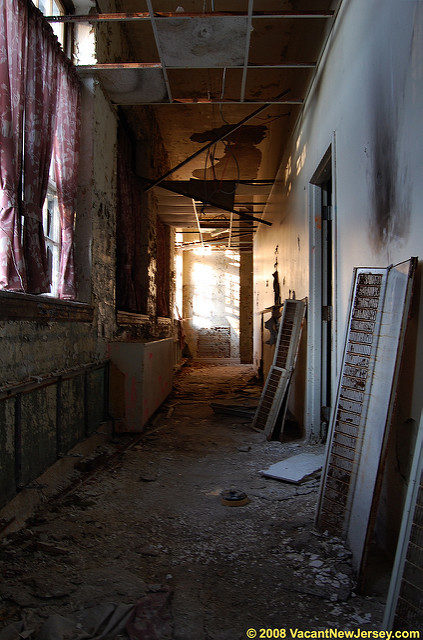
It was first put to use in 1911, and during its heyday, the village had 130 buildings spread across nearly 10 square kilometers. This village is notable for the fact that Hilary Koprowski, a Polish virologist, and immunologist, first tested the polio vaccine on some of its patients.
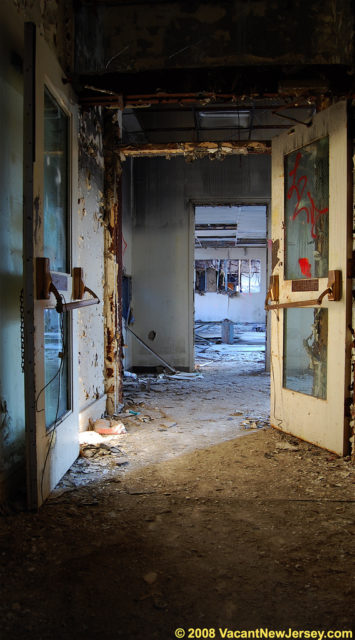
The first trial of the polio vaccine in the United States occurred on February 27, 1950. After first testing the vaccine on himself, Koprowski administered the oral polio vaccine to an 8-year old patient. After close supervision, it was concluded that the vaccine had no serious side effects and so 19 more children were vaccinated.
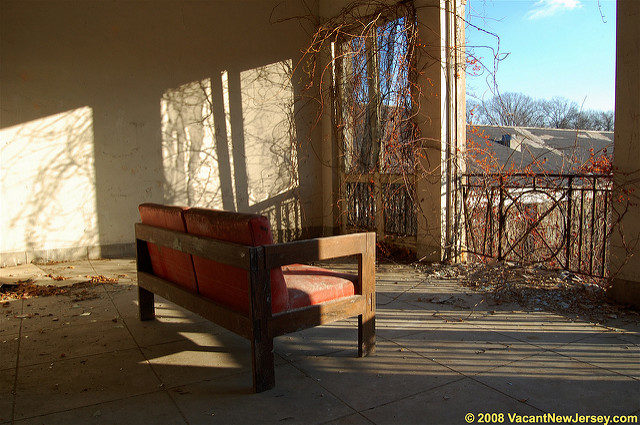
The final result was that 17 out of 20 children given the vaccine subsequently developed antibodies to the virus and were successfully immunized against polio, a disease which, at the time, killed thousands of people per year.
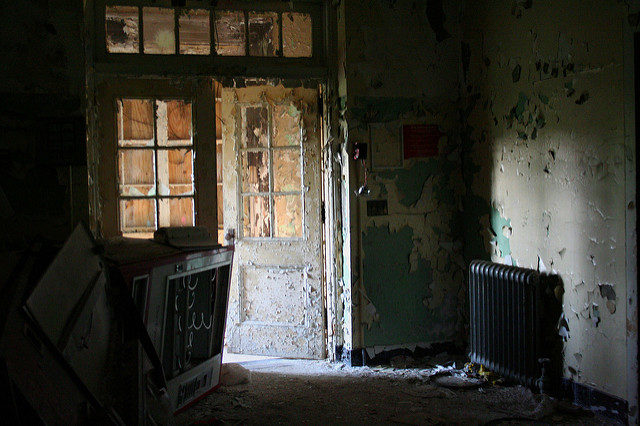
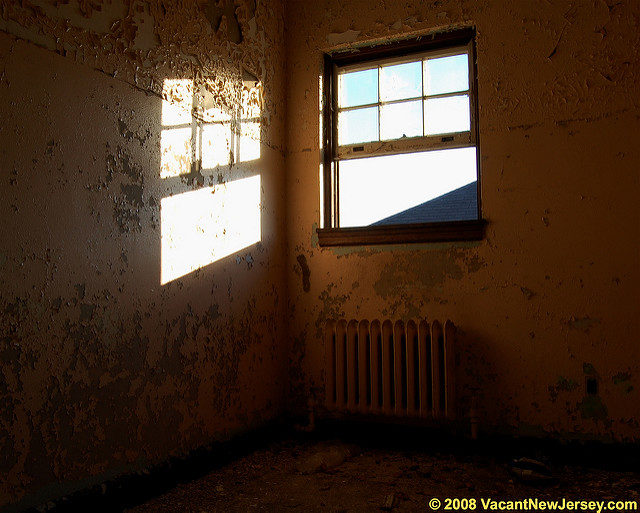
Despite its relatively progressive ideas about patient welfare, no facility of this kind from this era could be without controversy. Several stories report incidents of neglect where residents, including children, were found unclothed and unwashed.
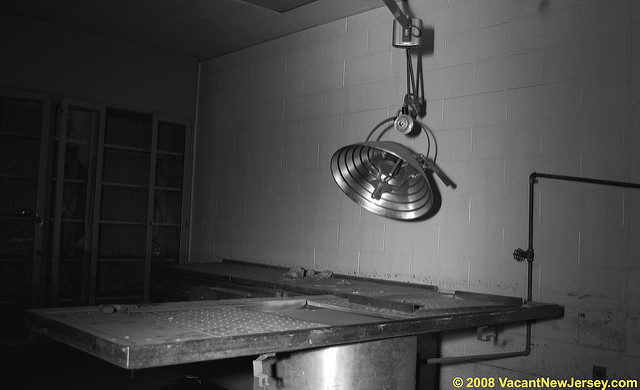
In addition to stories of abuse and neglect of patients, there were numerous accounts of staff being abused and even raped by their co-workers.
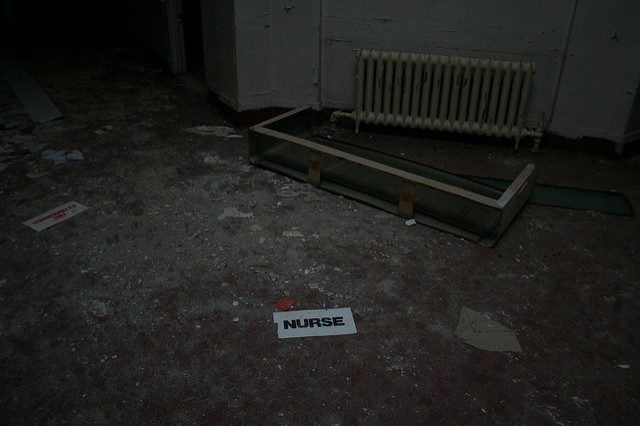
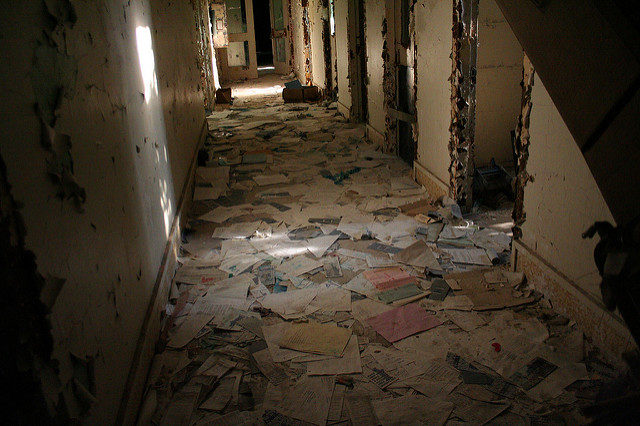
According to Dr. Little, a former employee at the hospital, there were three categories of “feeble-mindedness”: the moron group, the imbecile group, and the idiot group. Dr. Little stated that this last group was not taken to Letchworth Village because they were unable to “benefit the state.”

It was finally closed for good in 1996. Since then, most of the structures remain desolate, and time gradually erodes the traces of the horrors that occurred in this institution.
